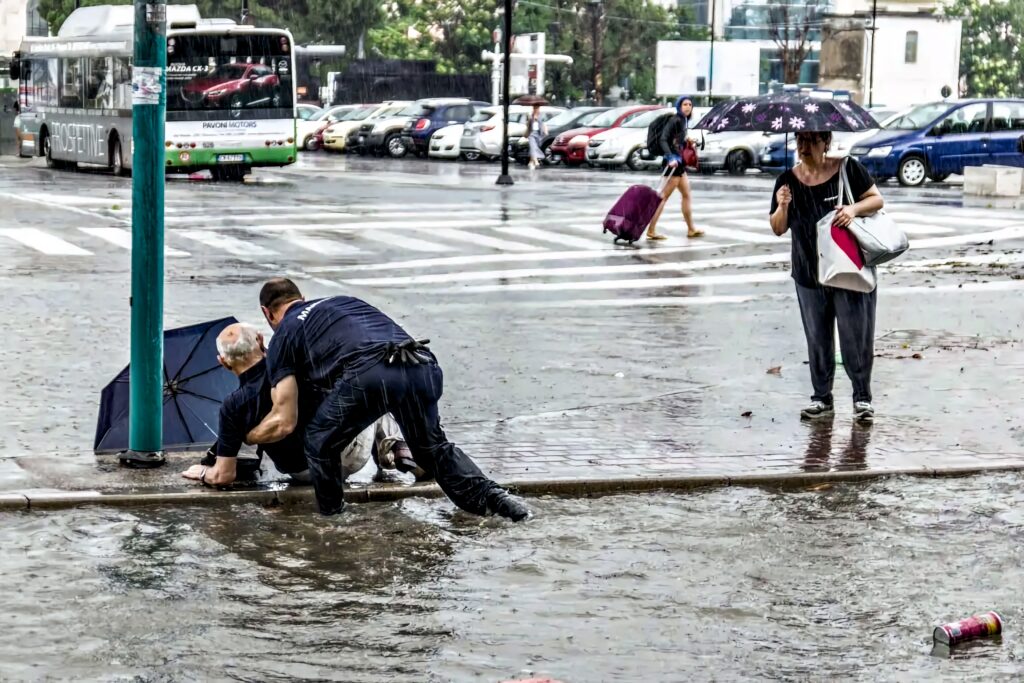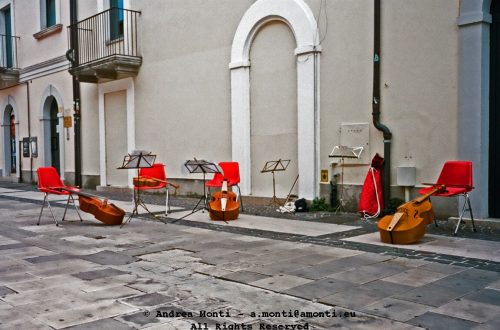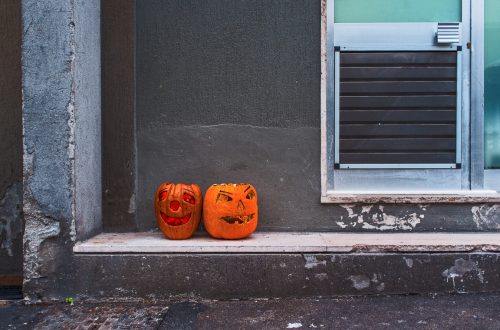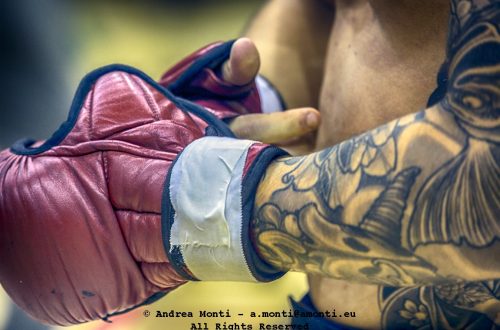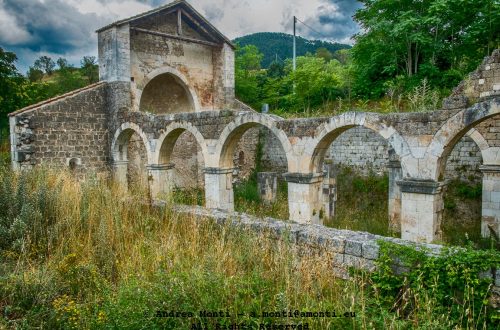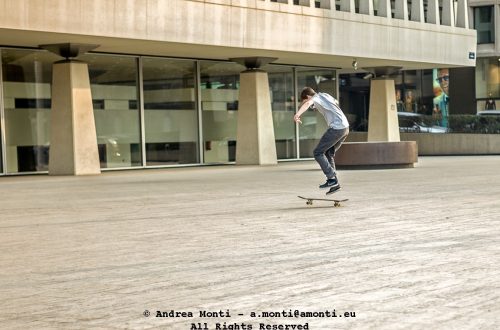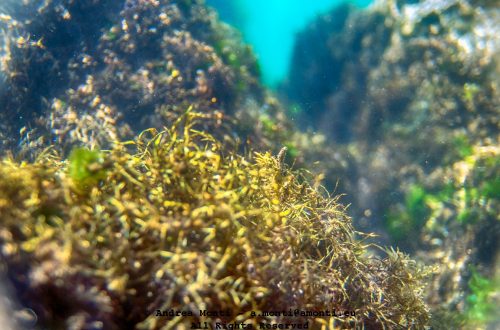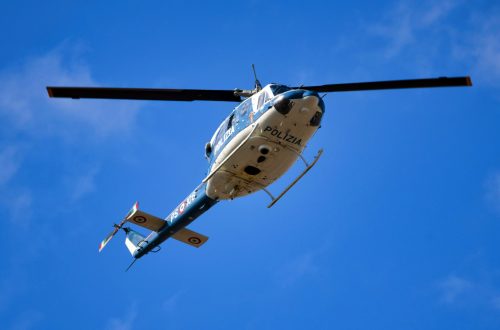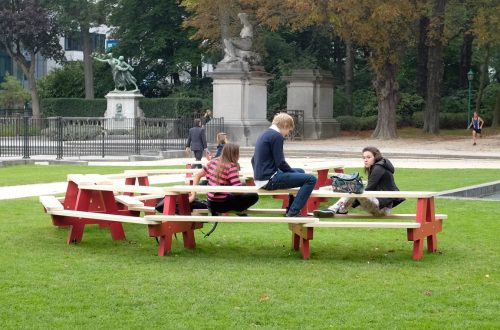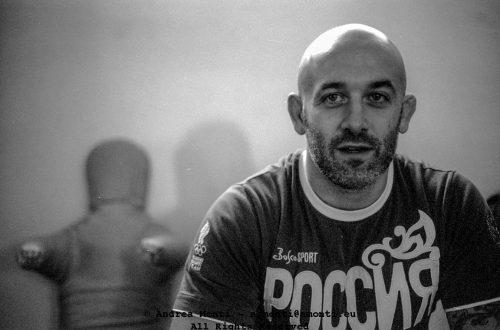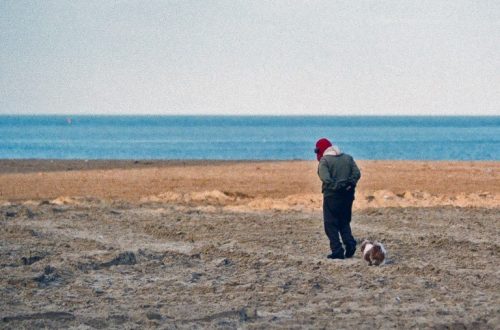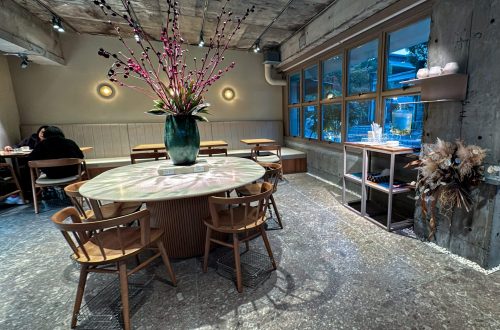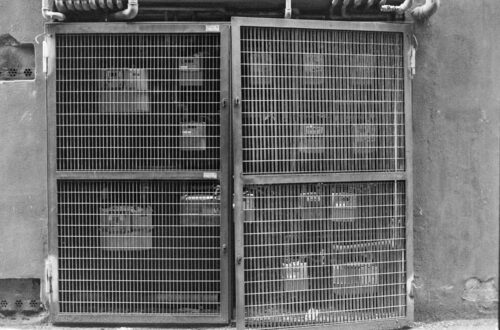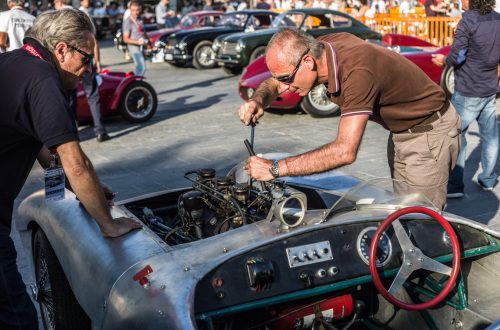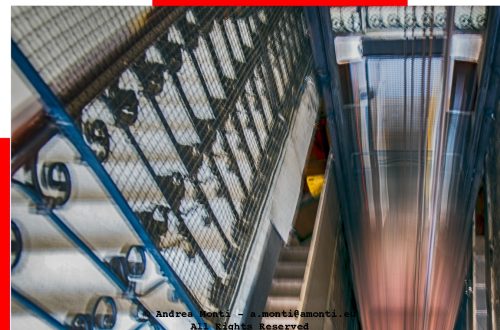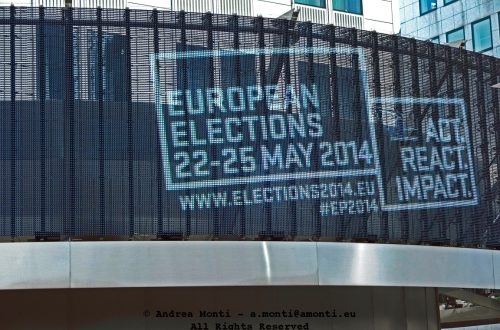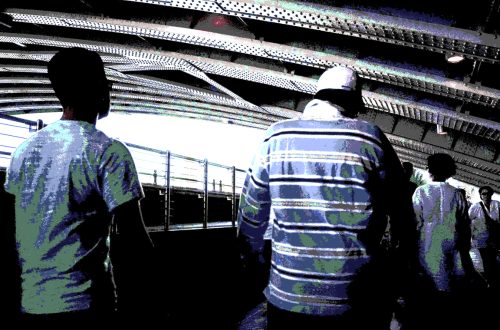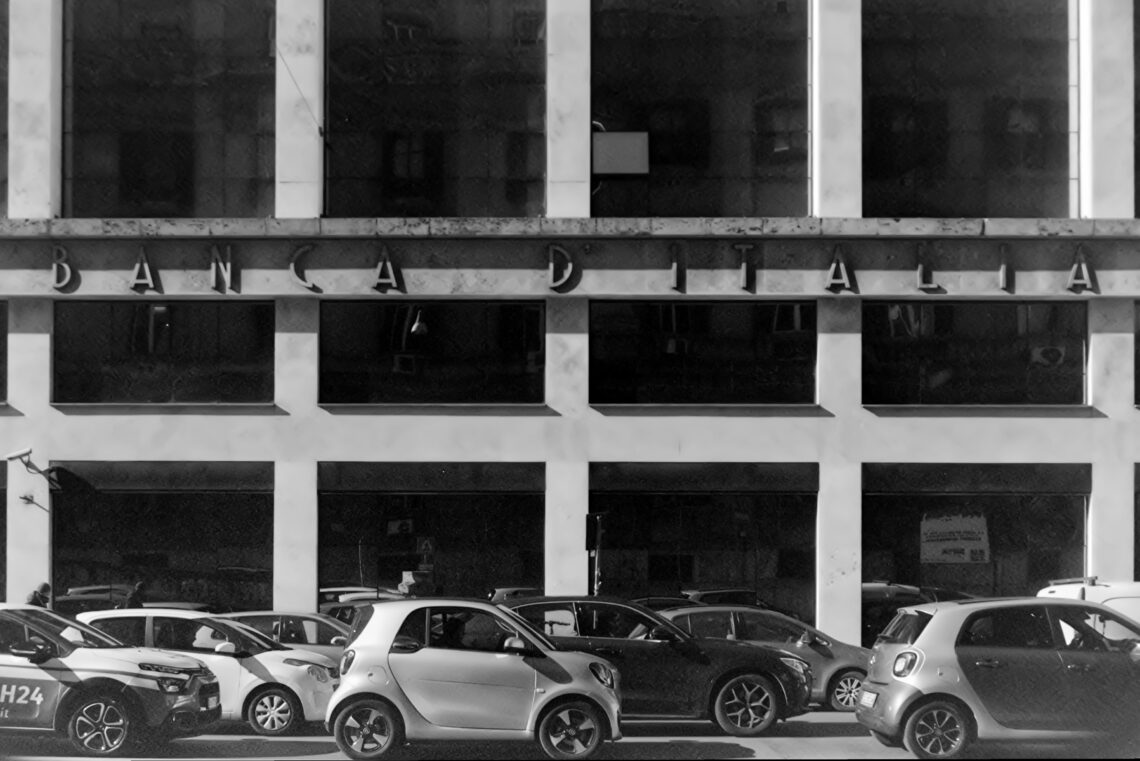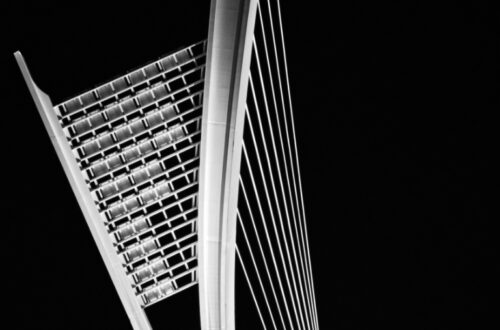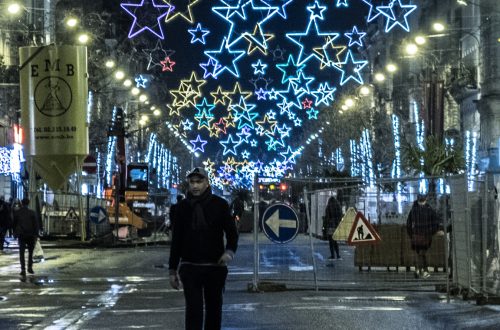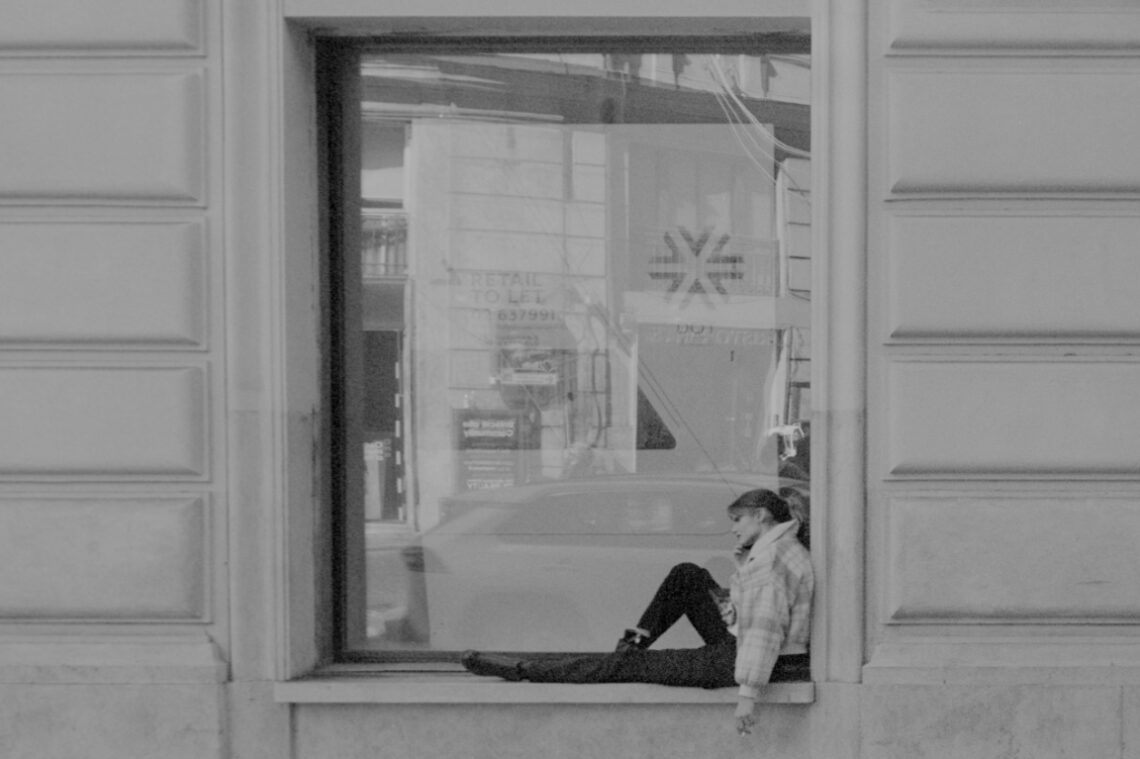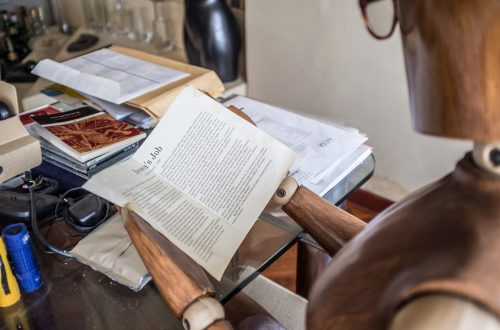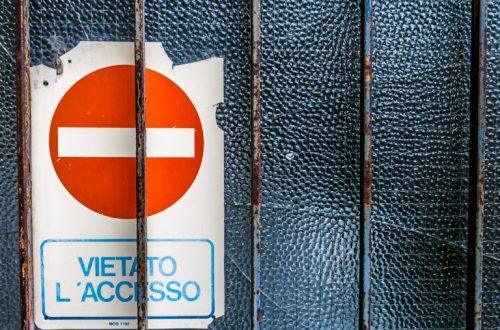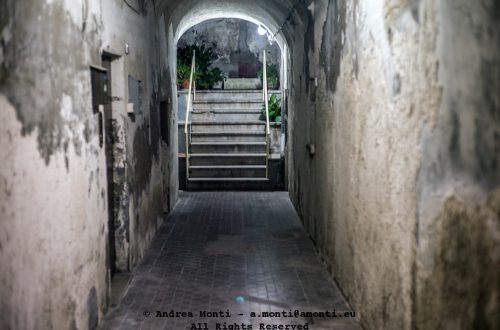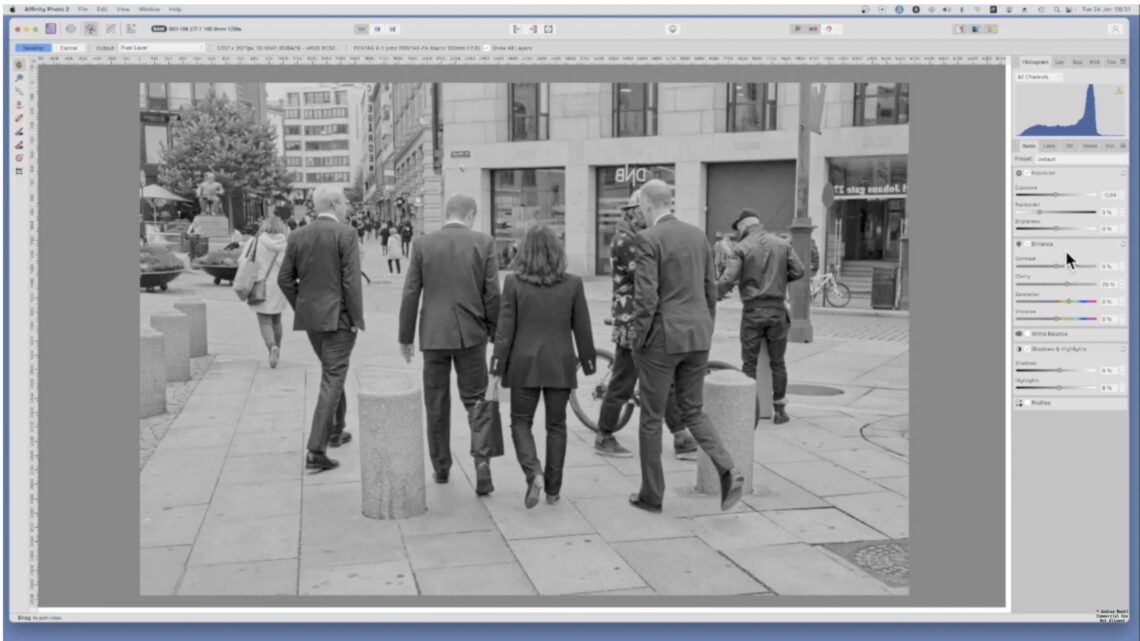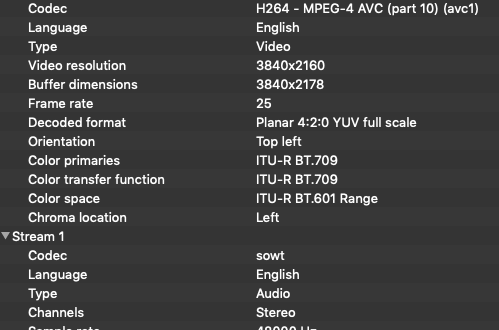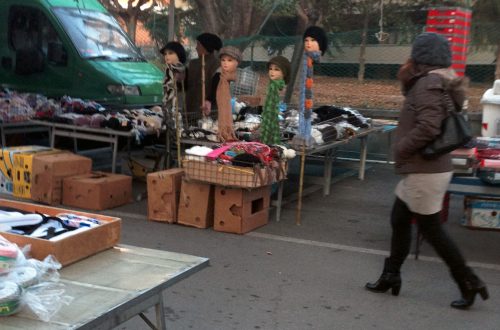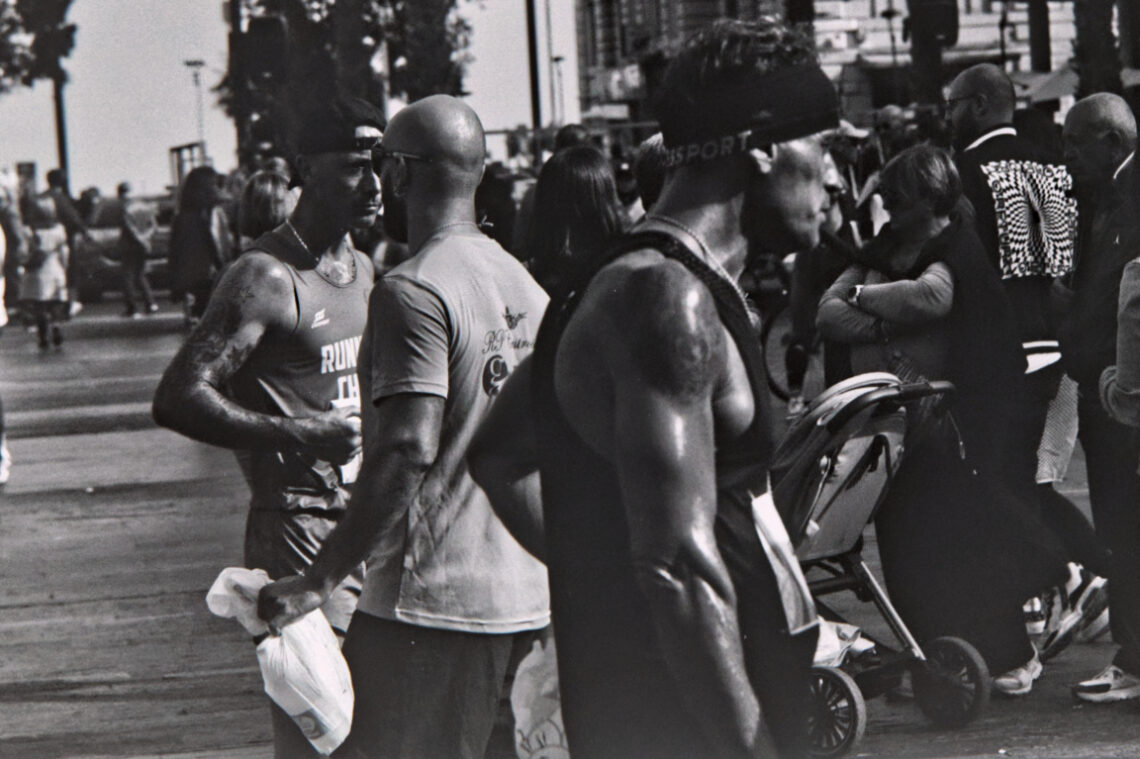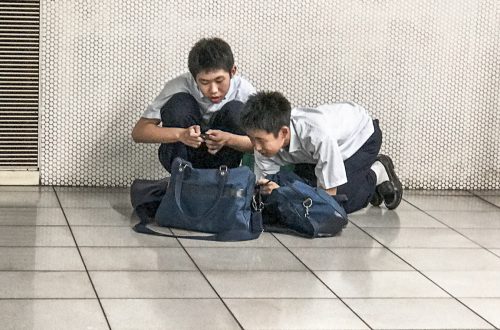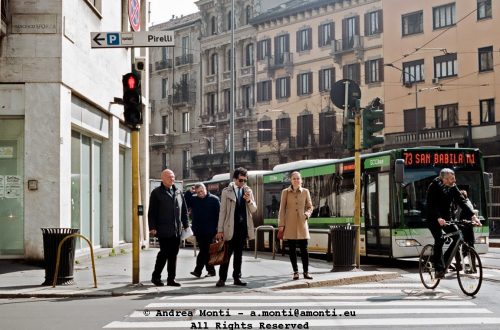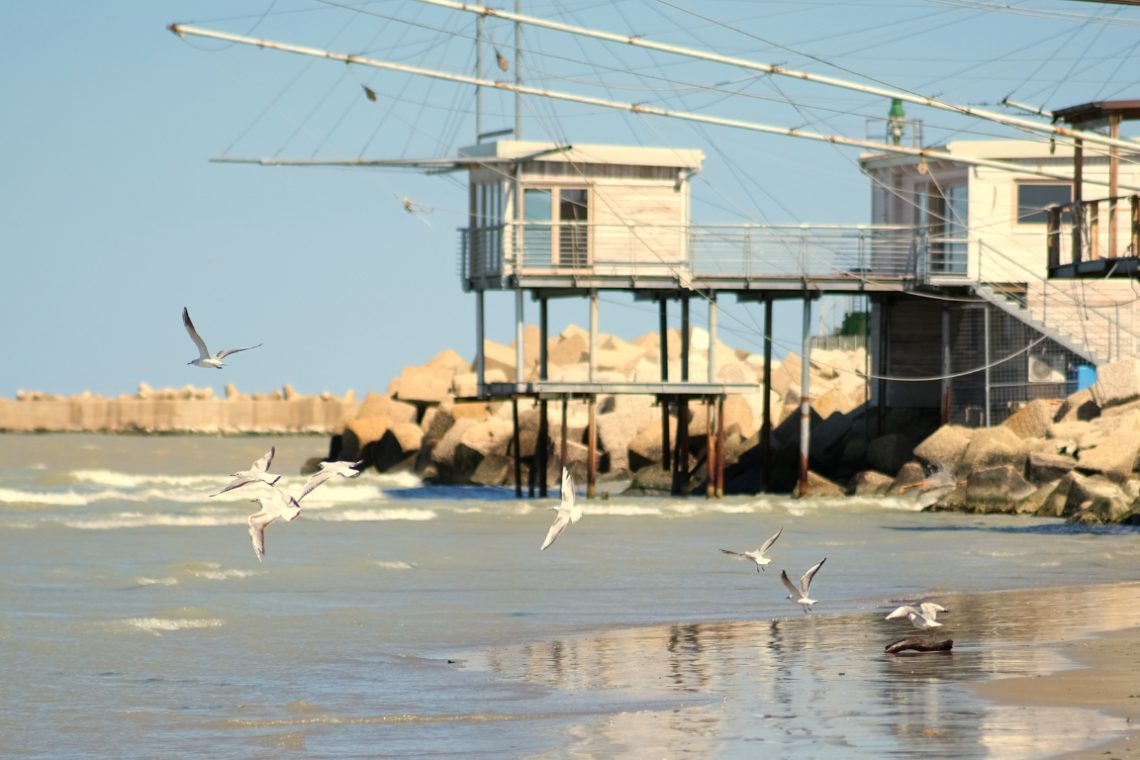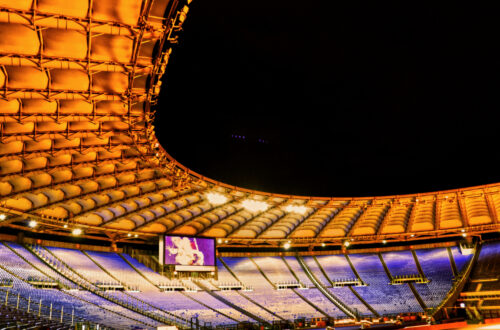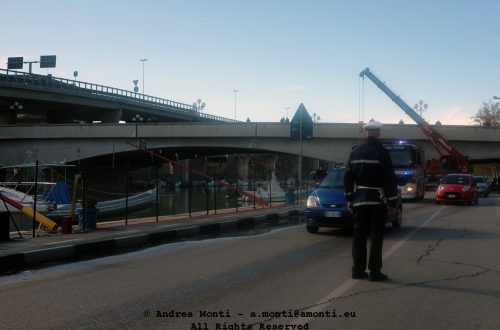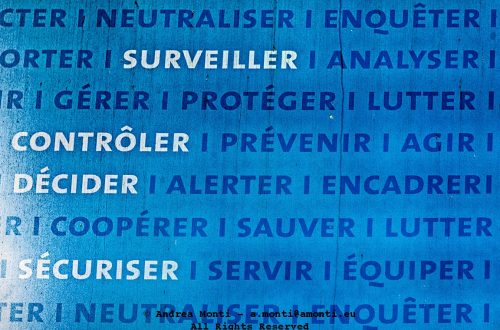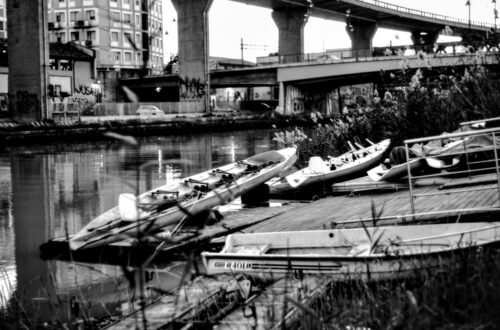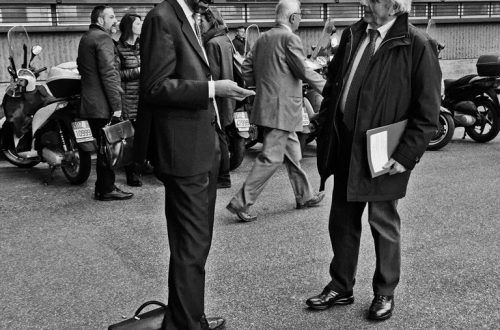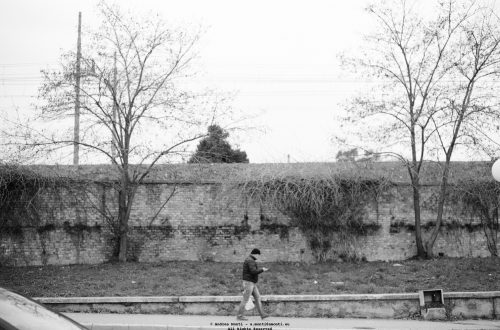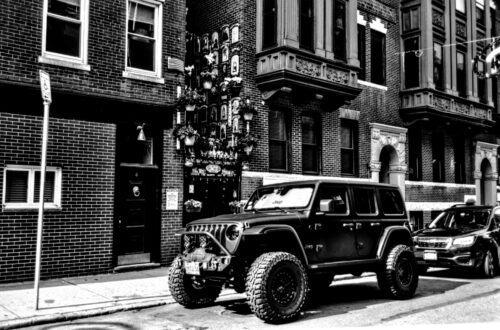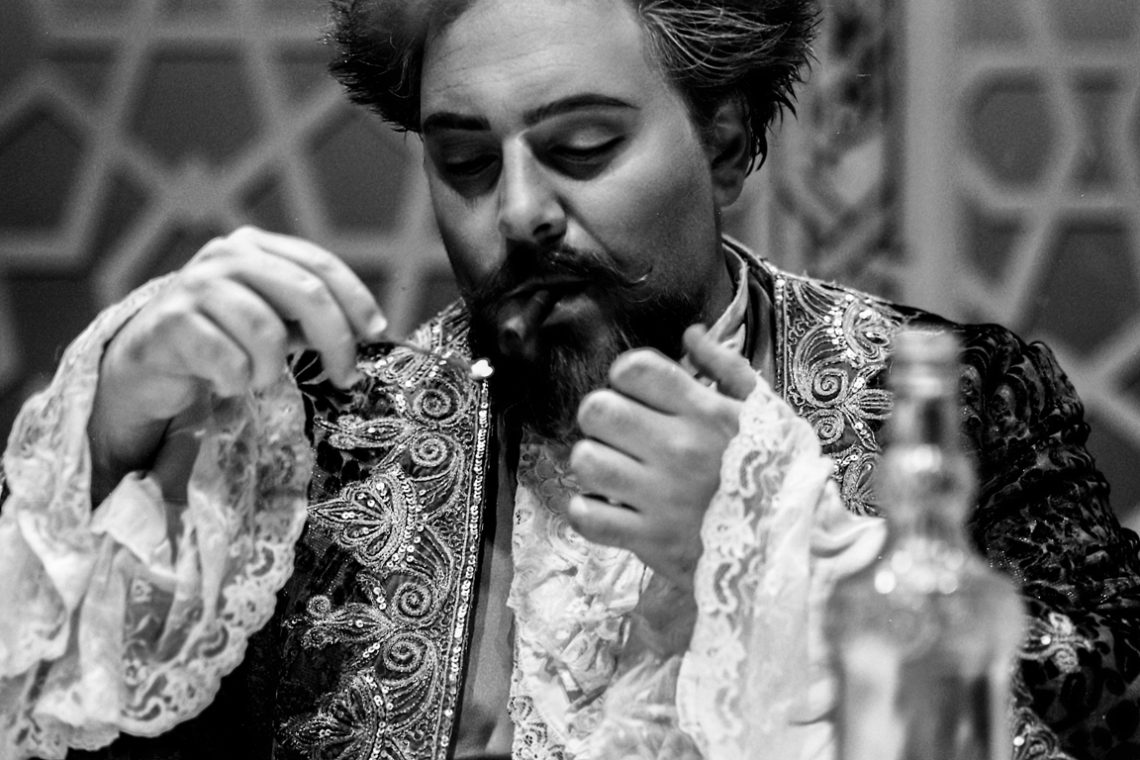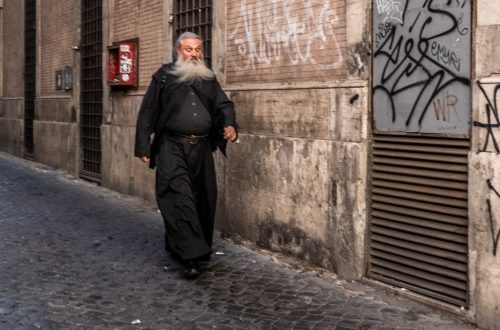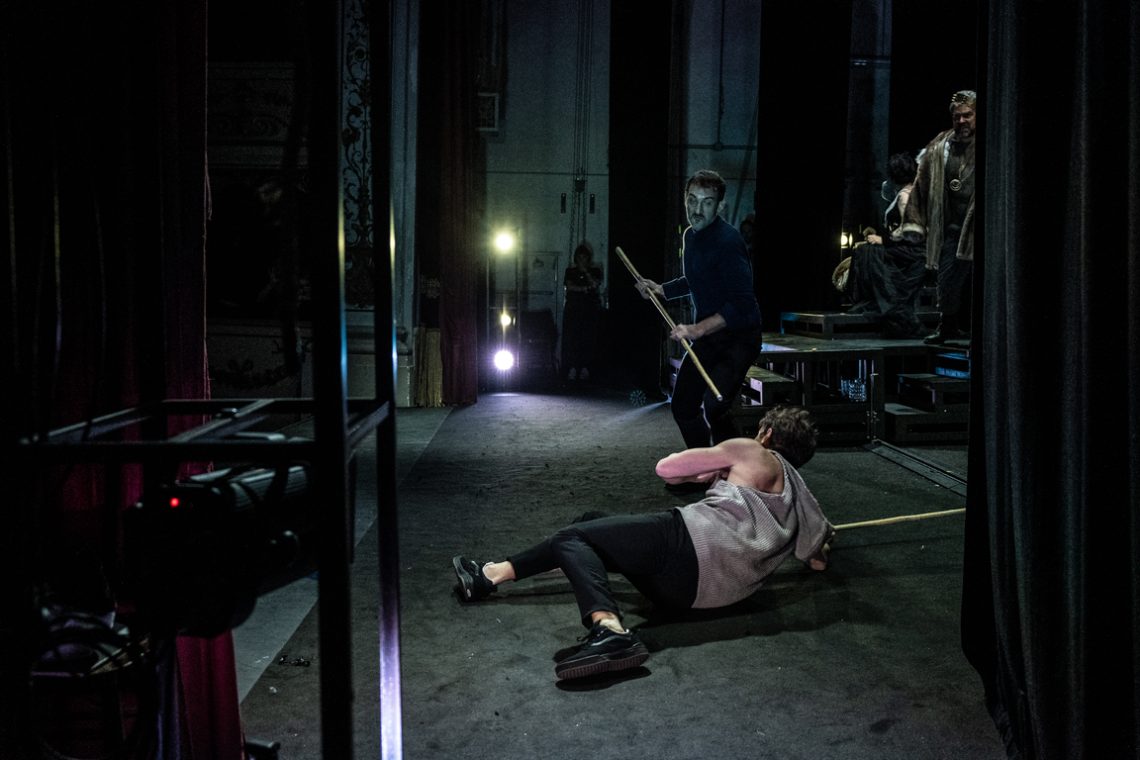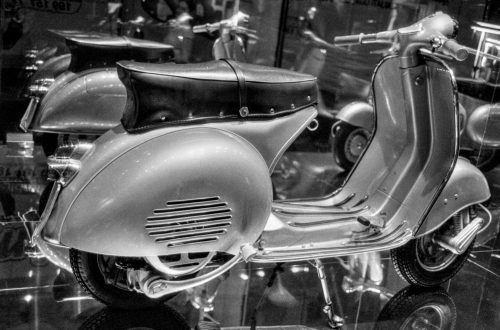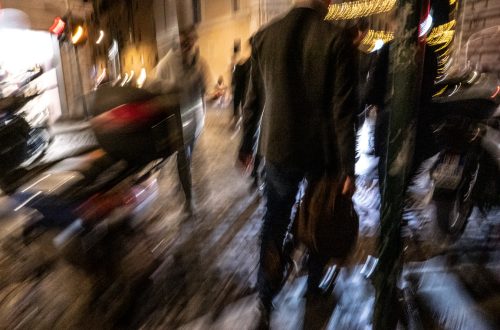-
Autumn, Colour, Daily photo, PhotoCritics, Photography, Spring, Street Photography, Summer, Technique, Winter
Make Sense (or: Meaning is in the Eye of the Beholder)
I am a big fan of Jim Hall. A god of the Jazz Olympus, he was an amazing guitar player and played (i.e. lived) according to a simple but effective maxim: make musical sense. He jotted it on a scrap of paper and stashed it in his guitar case, so, whenever he took the instrument out, he was reminded to follow the advice. And he did it. This is an excellent advice also in photography and I do my best to follow it, also if I don’t always get it right for a number of reasons, the main one being that meaning is in the eye of the beholder as…
-
A creative approach to zone focusing with superfast manual lenses and mirrorless cameras in street photography
Manual lenses on mirrorless cameras are often a match made in heaven: (once) cheap, high-quality lenses can finally be brought back from the grave and used on modern cameras. However, as with any marriage, there are some rough edges that are difficult to smooth out. In the case of manual lenses, the main problem is the lack of autofocus, which limits the street photographer’s options. Zone focusing is the usual way to overcome this limitation, but this solution has an inherent problem: to get a decent depth of field, you need to shoot at least at F8 or even F11. This means that, in street-photography, it is not possible to…
-
Nikkor 16mm Fisheye – Three Ways to Make use of Such a Lens
For me, a fisheye is the most challenging lens to use. Unlike other ‘normal’ focal lengths, a fisheye has an inherent deformation of reality. As a result, it is often used to create images with an unreal rendering, reminiscent of M.C. Escher’s self-portrait looking into a transparent globe.However, as happened in music with the advent of digital processors and effects, it is very easy – at least it was for me – to fall into the trap of focusing on the form rather than the message. In other words, as soon as a ‘weird’ looking photo is achieved, that was enough. Just like playing electric guitar back in the days,…
-
5 frames with a Kiev 60, a Volna 80/2,8 and a Ferrania Orto
Working on a ‘project’ or ‘series’ is a well-known way of giving meaning to the act of taking photographs. It serves many purposes, such as training in a particular technique, familiarising oneself with a camera and/or lens, or exploring stylistic options. A project is usually planned in advance, though not necessarily in great detail. However, as in the case of these images, sometimes the idea of a common thread linking different images just happens. I was wandering around the suburbs of my home town with a Soviet-era Kiev 60 and its ‘kit lens’, the Volna 80/2.8, and a roll of Ferrania Orto when I noticed the oddity of a worn-out…
-
How to Shoot an Handball Match with a Film Camera
Shooting an handball match between Italy and France, unfortunately with an unhappy ending for my Country, was an opportunity to bring back to life the rugged Canon Eos 1V, the mighty fifty and a roll of a (unexpired) Kodak Tri-X 400. When I shoot sports and, in general, events where shutter noise is not an issue, I made a point, indeed, to always carry a film camera, so this time it was Canon’s turn. Shooting handball matches is quite challenging for a number of reasons. The first thing to stick in mind is that the ball is everything: if you miss it, the shot is more often than not a…
-
Yet Another WDISF Post
Yes, this is another ‘why do I shoot film’ post, and no, the answers are not ‘because it slows me down’, ‘because it connects me to the act of taking pictures’, ‘because I love the unique feeling of analogue images’, ‘because the inherent limitations of a film camera inspire creativity’, ‘why not?’ or any of the other common (and perfectly legitimate) reasons usually associated with the question. In addition, the wide range of post-processing options available to make a digital image look like an analogue one, even in terms of film emulsion, satisfies the need to produce an image with the ‘personality’ of a specific film. So, even the idea…
-
How to Shoot Stand-up Paddle Competitions
Shooting Stand-Up paddle is complicated because, like in motor sports, things go on largely even until, all of a sudden action erupts. In other words, boredom is the first and foremost enemy of the photographer: it shuts down concentration because it is not possible to keep the focus (pun unintended) for too long. It may worth shooting a single athlete, for instance capturing an intense moment or a fall. However the final result will become more interesting if there is something (or somebody) else in the composition. The first key moment in an SUP challegne is the start. Once the signal is given, the athletes start running a few steps…
-
Photography and the Importance of a Proper Training
In photography, among the various activities falling under the ‘preparation’ label, training is oftend underevaluated. Just as many newcomers to the world of guns think that buying expensive equipment will make them better shooters, many photographers think that mastering a bunch of exoteric camera settings will be enough to get decent pictures. This is summed up in a common piece of advice to novice shooters (of both guns and cameras): get out there and shoot. Results will just happen. I have nothing against a ‘Zen’ approach to things, based on instinct and intuition, but my Western, Benthamite mind does not allow me to forget that preparation is necessary to achieve…
-
An Exercise in Composition (was: Rowing Boats)
Initially, I took this photo to document the poor state of a rowing teams’ dock. The idea was to praise the passion of this small group, who in the indifference of the general public, keep this discipline alive in a town, where soccer reigns supreme. However, when I saw the photo, it was the composition that attracted my attention: a classic example of the use of converging lines to drive the eye of the viewer. My only regret is that I failed to frame the small boat on the right, missing its bow. Had I been shooting digitally, I would have checked the result and retake the photo. Film, by…
-
A few test shots with an MC Cosinon T200/4
This lens has several shortcomings. It has a pronounced coma and the focus barrel requires a considerable amount of turning to get it right, thus making it challenging to fast focus when you need to. Camera sensor clearly influences colours’ rendition. Despite the ‘personality’ of this lens, the overall picture’s feel is clearly (to me, at least) that of the classic ‘cold’, slightly bluish Pentax (or, should I say, Sony) sensor. At f4 (all the images published here were taken at this aperture), the bokeh is pleasant. Nothing exceptional, but for a lens that sells for around 15 euros, the results are good enough. That said, a core question, asked…
-
Different Stories
Taking ‘static’ pictures, such as those of buildings and other architectural structures, can be quite challenging, as it is easy to fall into obvious, already seen compositions that rob the shot of any individuality.One of the things that can make an otherwise dull image more interesting is the presence of some kind of action that blends in with the stillness of the environment.In this case, the woman on the phone is in exactly the same position as the model on the billboard. Only they are telling two different stories.
-
Processing DSLR-digitized film with and without Pentax K-1 Monochrome Custom Image profile
Digital Camera Utility 5.0 is a pain to use on a Mac with Monterey. It is slow and laggy. Its only use is to get the photo as shot, with the custom image profiles embedded in a K-1 (and other recent Pentax DSLRs), and export it as a 16-bit tiff for further processing.One might wonder, however, whether editing a RAW file without going through the DCU —and thus losing the custom image profile— would produce lower quality results. We are about to find out.The test is quite demanding, as it starts with a shot from an Ilford SP2 Super 400 (note: this is not a true B&W film, as it…
-
A Frame Within a Frame Within a Frame
The irony didn’t hit me until I developed the roll—an expired Ilford XP2 Super 400 that had been lounging at the bottom of a drawer for years. Shot with a Voigtländer Bessa R2 paired with the Nokton 35mm f/1.4, this image is as much a meditation on layers as it is a commentary on isolation. What initially looked like an ordinary street shot—girl on a call, perched on a windowsill—turned out to be a trifecta of enclosures: her physical pose wrapped in posture and winter clothing, set within the architecture of the window, itself encased in the framing of the building. Beyond, the city reflects itself, ghostlike, on the glass—another…
-
Coats
Getting rid of film noise is a recurring necessity when shooting film at (relatively) high ISO.In this photo the negative was digitised using a Pentax K-1 Mark I and a Pentax FA 100/2,8 Macro. Then, before inverting the curves to make a positive, it was fed into DxO PureRaw3 (by the way, it properly recognized the camera and lens). Finally, in Affinity Photo Develop Persona’s Details tab, once the curves were inverted, it was necessary to tweak the Noise Reduction options by setting Luminance to 50% and Luminance Details to 0.
-
Unattainable 1:1 magnification with the JJC FDA S-1 and Micro Nikkor 60 2,8
The JJC FDA S-1 does not allow a 1:1 magnification with the Micro Nikkor 60 2,8. It only reaches a smaller factor (about 80%.The probable reason is the excessive lenght of the original step-down ring.Using a thinner step-down ring, as it has been done in this video, does not improve the outcome.
-
Processing a DSLR Digitised Black and White Film with Affinity Photo
This videos shows how to process a Black and White film digitised with a DSLR camera.The process starts from opening the RAW file in Affinity Photo’s Develop Persona. In short and in order, the steps are:
-
DSLR film scanning: episode three
This is, by far, the most pleasing result I have ever had from digitising a film negative with a DSLR.Contrary to many suggestions found on Youtube, I did not invert the negative RAW curve by tweaking the Master RGB option. I did it, instead, channel-bychannel minding each clipping point. This approach allowed for a better reproduction of the grey tones, and in the end a fair result.
-
An attempt at DSLR-made film digitization
This is the first usable result of the attempt to DSLR-scan films. I tried several approaches, including the standard tripod holding the camera perpendicularly to a flat, LED-lighted surface. However, I finally went for a different solution: a horizontal rig with two moving plates, a micrometric head holding the film and three-axis and a panoramic head holding the camera.
-
Using a 1960 Leica Elmarit 90/2,8 on a Fuji X-T3
In short The Leica Elmarit 90/2,8 works flawlessly on a Fujifilm X-T3, also with third-party adapters having no electronic connection with the camera. It provides excellent results, notwithstanding its age. Using this lens for street photography requires using focus-peaking or zone focus. In this latter case, proper training is necessary to correctly assess the distance from the subject. Image quality On the X-T3 the lens preserves its unique identity. Its colour rendering gives pictures a distinctive ‘retro’ character. The Elmarit shows an excellent resolving power: thin lines are visible and well defined. Chromatic aberration is visible at F2,8. It disappears from F4 and ahead. Anyway, the lens profile is well…
-
In praise of ‘cheap’ lenses for ‘pro’ works
Full disclosure: I have no relationship with Viltrox. I purchased the lenses with my own money and did not receive any request to write this post. I have recently discovered Viltrox, a Chinese manufacturer of lenses for the Fujifilm X-system. I am using the AF 85/1,8 II XF and the AF 56/1,4 XF and I am very satisfied by their performance. They are very good for ‘professional’ sessions, however, there are many online reviews that snobbishly rate these lenses as ‘amateur’, ‘non-professional’ or ‘first time portrait photography enthusiasts’ grade. I think that these reviews are unfair and here is why: What does ‘better’ mean? It is a known fact that…
-
A Skater
Framing the whole statue would have made this photo better. The mistake was caused by the necessity to shoot fast, the lens’ field of view and the distance between the subject and the focal plane.
-
Kite Surfer Under Duress
The wind was already rising when I reached the beach. Grey sky, hard light, the kind of day most people read from behind a window. But the kitesurfers were already out—lines taut, boards skipping through the chop. What always strikes me about this scene isn’t just the colour of the kites against a flat sky, or the sharp angles they carve into the wind—it’s the resolve. They know what they’re getting into. The cold. The salt in their eyes. The bruises. And they do it anyway. Because this is when it’s real. That’s what drew me to raise the camera. The same drive, maybe. You don’t wait for golden hour.…
-
Easy To Shoot?
This picture might look “ordinary” but for the fact that I shot it with a rangefinder film camera (guess which?) during the scene change between to acts of a theatre play. Scene assistants were placing the furnitures, actors were trying to focus on their parts, there was no time (and place) to design a proper composition and set the camera. No autofocus, no real-time exposure and white-balance setting. Maybe I have been lucky capturing the match flame close to the cigar, maybe it was because of “muscle memory”, but I did it nonetheless. Problem is that I could not be sure if I succeeded until, one week later, I saw…
-
Breaking the Fourth Wall
Shooting a play is challenging because you must be ready to seize ‘the moment’ and, at the very same time, think of unusual compositions to avoid the boring ‘frontal’ perspective. Shooting part of the reportage from the backstage of Hamlet, with Giorgio Pasotti and Mariangela D’Abbraccio directed by Francesco Tavassi I had the possibility to experiment the breaking of the fourth wall. This picture is one of the results.
